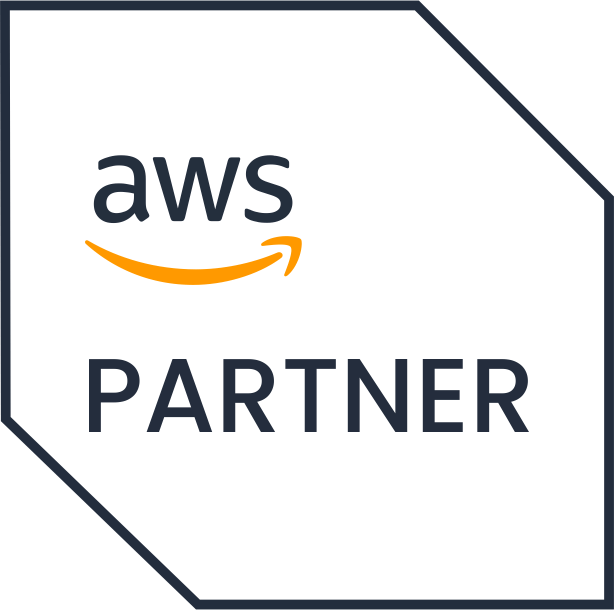Published Date :
Ten things to do right now to optimize your AWS cloud costs
Optimizing your AWS cloud is not a one time process. It is an ongoing exercise in monitoring costs and utilization, analyzing the available data and taking appropriate action to maximize savings. Here are some basic actions you can take to trim cloud-related costs
1.Right-Size
Identify which resources are not being utilized or under-utilized and stop or right size the resource in question.
You can begin with AWS Cost Explorer Resource Optimization report. This will present a list of resources that are not being utilized properly. You can also utilize AWS Compute Optimizer to identify and remove performance bottlenecks. Other AWS tools you should be using include:
Amazon RDS, Amazon Redshift, Amazon EC2 Spot Instances (in tandem with third party tools, such as Spotinst), Elastic Kubernetes Services (EKS) and Elastic Compute services (ECS – EC2 Model).
2.Refresh Instance Families
Instance types within set groupings should be retired as a unit as and when the hardware they run on is replaced with updated technology.
We recommend starting with a lower config and upgrading as per your usage and traffic.
3.Use Savings Plans to reduce EC2, Fargate and Lambda costs
The Plans can be applied to any EC2 instance usage whatever the instance family, size, AZ, region, OS or tenancy. Application also covers Fargate and Lambda use. An upfront one-year commitment will get you a 54% discount compared to on demand rates.
4.Use Reserved Instances (RIs) wisely
As of April 2020, some PAAS services are not included in the Saving Plan. So, consider reducing your cost by opting for reserved nodes for RDS, Redshift, Elasticsearch and ElastiCache Services. You can identify the instances that offers the most scope for cost cuttings through a saving plan vs RI comparison.
5.Schedule on/off times
Non-production instances, for example those used for development, staging or testing can help you save up to 65% by applying an aggressive on/off schedule.It goes without saying that you must first analyze usage numbers to identify traffic pattens.
6.Build accurate reports
Invest time and effort for accurate reporting. For AWS EC2s, use Cost Explorer Compute Optimizer report. Other steps you can take include, deleting outdated snapshots, use ALB with path/content routing to optimize use of load balancers, and release orphan IP addresses.
7.Optimize storage
EBS volumes that show activity below 1 IOPS per day for more than a fortnight should be identified (Trusted Advisor Underutilized Amazon EBS Volumes Check) and deleted. Note. Ensure you snapshot the volume first, just in case you happen to need it later.
8.Containerize
Containers are a great way to maximize use of your hardware and software. They are lightweight, have near-instant start-up time, and need lower memory space. Containers are the way to go when you’re looking at maximizing applications and minimizing servers.
9. Use Local Caching
Amazon Cloud front can help you cut costs significantly when transferring date from EC2 to public internet. Through Amazon CloudFront Content Delivery Network (CDN), you can cache any web content—images or video, at AWS locations worldwide. This is especially useful when your userbase is spread out geographically.
10. Use Right Solutioning to cut Regional and AZs Cost
Some tips to help you do this effectively:
Architect systems to ensure minimal data transfer across AWS regions or availability zones.
Ensure your AWS environment is architected so data transfer—as much as possible—is restricted an availability zone or a region.
Limit use of public or elastic IP addresses; opt for private IP addresses whenever you can
There is no point in moving to the cloud if your overall bill also takes to the skies. The above strategies can help you trim cloud costs. As AWS partners, we specialize in helping organizations reduce their AWS bills substantially. Our dedicated, experienced and AWS certified experts, can help you attain your cloud- and business-goals via a finely tuned, cost optimized cloud environment.
Need help with your cloud?
"No worries! Our experts are here to help you. Just fill the form and we'll get back to you shortly!"
Our Partners


 +919356301699
+919356301699 hello@anetautomation.com
hello@anetautomation.com
